How To Can Lima Beans
This page may contain affiliate links. More Information.
Learn how to can lima beans with our expert tips and step-by-step guide. Canning lima beans is a great way to enjoy them with that ready to eat convenience.
Why Can Dried Lima Beans? Don’t they store better dehydrated?
The first reason I can dried beans is home made convenience. They require no soaking and can be used straight from the jar. No waiting if you forgot to soak them the night before.
Canning dried lima beans at home allows for greater control over the ingredients used, including the amount of salt and other seasonings.
Canning dried beans is a cost-effective way to have that convenience on the shelf. Especially when compared to purchasing pre-canned beans at the store.
Quantity
For a full canner load of 7 quarts, you’ll need about 5 pounds of dried lima beans.
For a full canner load with 9 pints, you’ll need about 3.25 pounds of lima beans.
Per jar this works out to .71 pounds per quart which is a little less than a pound per jar. Or about 3/4 pound per quart.
Know your Canner
Before you start this project, if you are not familiar with using a pressure canner I recommend reading – How to use a pressure canner. This will familiarize you with how a pressure canner works and what steps to take to get set up for any canning project.
Canning Lima Beans Extended Directions and Expert Tips
Pre-soak to hydrate the beans.
First wash your lima beans. I do this with a bowl and strainer. Just cover your beans with cold water, swish a bit and drain. Do this twice. While you are working, debris or bad beans will likely float. Pick those out and dispose of them. Just cleaning things up a bit.
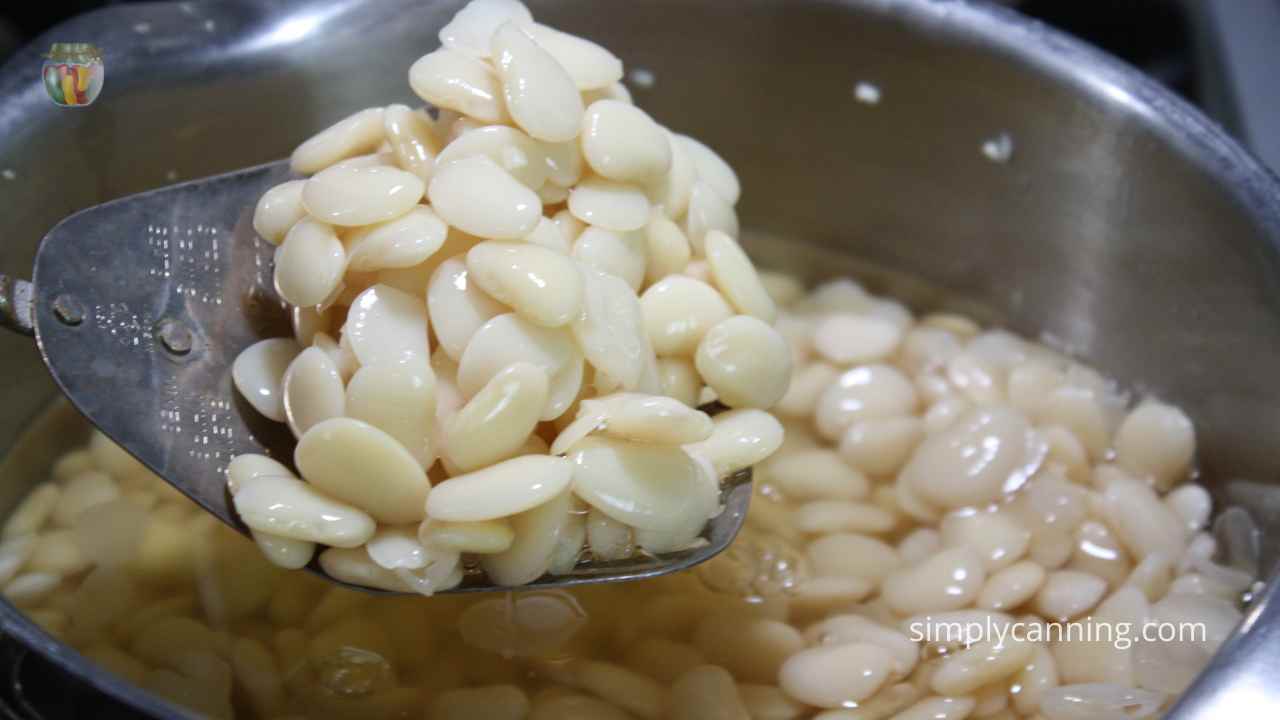
Your beans need to be hydrated before canning. Some people say you can just add dried beans and water to a jar. But the process will not work for that. The beans will need time to cook first.
Hydrate beans by either an overnight soak or quick soak. Either are fine. I usually do an overnight soak… unless I forget, then I’m happy to be able to boil the beans and rehydrate relatively quickly.
- Overnight Soak; after rinsing, put dried lima beans in a large pot and cover with water several inches over the top. The beans will swell and you want them to stay submerged. Soak 12 to 18 hours in a cool place. Drain water away. You will not reused this water.
- Quick Soak; after rinsing, bring beans to a boil with plain water. Use plenty of water as the beans will swell and you want them to stay submerged. Boil for 2 minutes. Remove from the heat, cover, and leave in the water for 1 hour. (That is the quick soak part) Drain water away, you will not reuse this water.
Pre-cook the beans
Next partially cook your beans with fresh water. Bring to a boil, reduce heat and simmer for 30 minutes. Once again the beans will soak up water and swell so be sure and have a few inches over the top.
After this 30 minute boil the beans are ready to go in jars. You will use this cooking water in your jars so don’t throw it away.
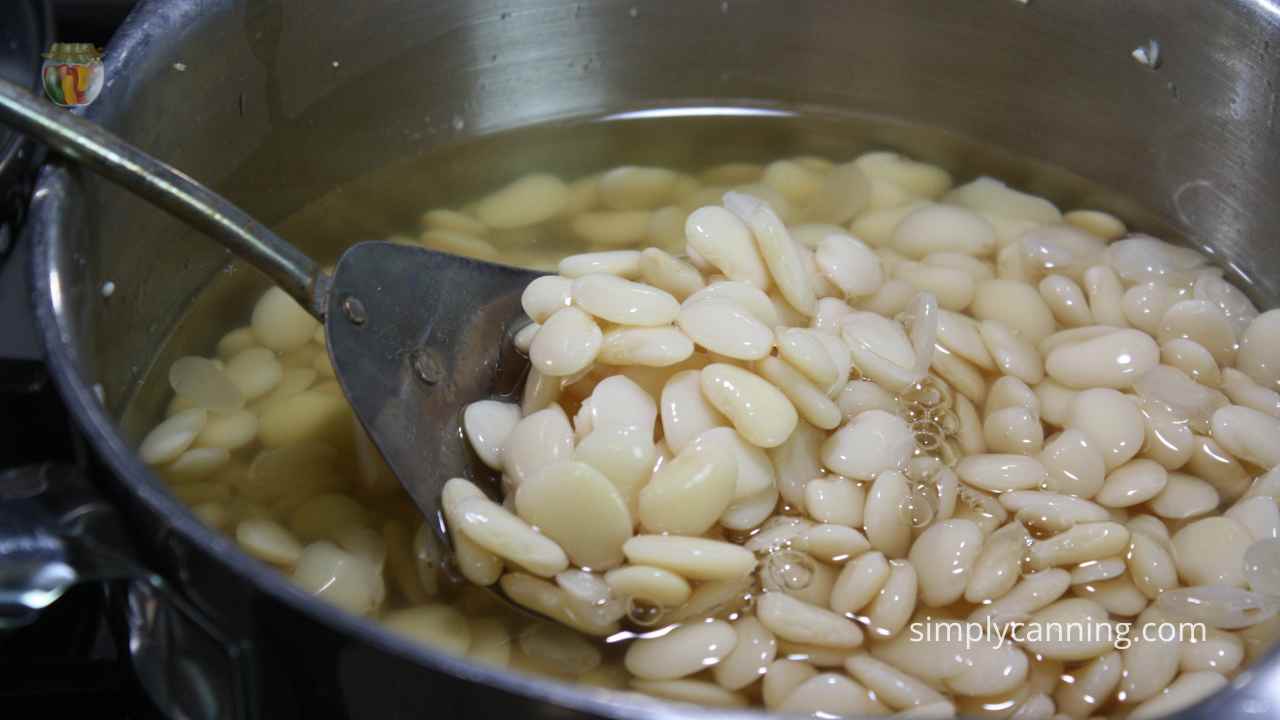
Canning and Packing the Jars with Rehydrated Limas
You should have your jars and canner hot (not boiling) and ready to go at this point. Hot food, goes into hot jars, which go into a hot canner. This will prevent your jars from breaking.
Next add canning salt. Salt is actually optional but highly recommended. The beans will taste so much better. Use canning salt, not regular table salt. Canning salt has no fillers.
Adding the salt to your jars before you add the beans is easiest. – 1 teaspoon of salt per quart, 1/2 teaspoon per pint.
Fill jar with lima beans and cover beans with the water you cooked them in. Make sure all beans are fully submerged.
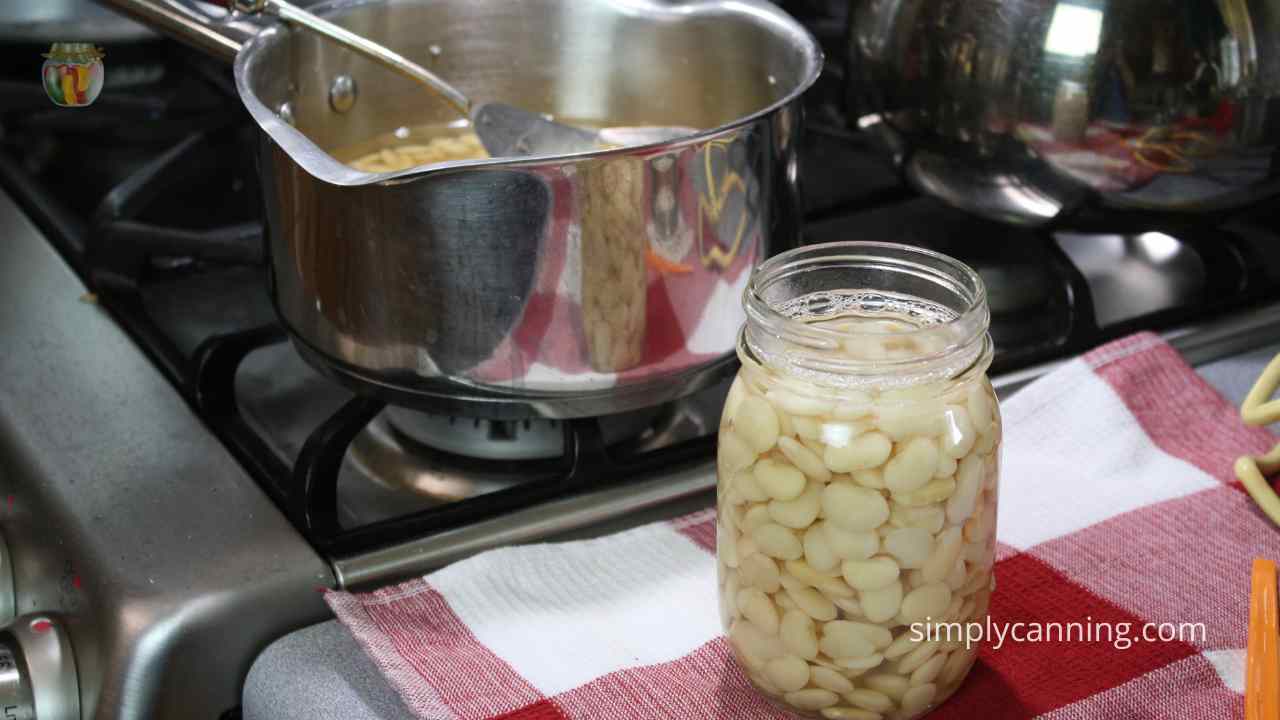
Note: if you accidentally drained the cooking water down the drain it’s ok. Or if you don’t have enough to cover the beans in all your jars. You’ll just need to have some extra boiling water to put over your beans in the jars.
Leave 1 inch headspace between the liquid level and the flat lid.
From my experience these beans will still swell. I like to leave about 1.5 to 2 inch inch headspace for just the beans. Then you should add water to the 1 inch headspace. This gives the beans just a little more room yet keeps you within that safe headspace recommendation.
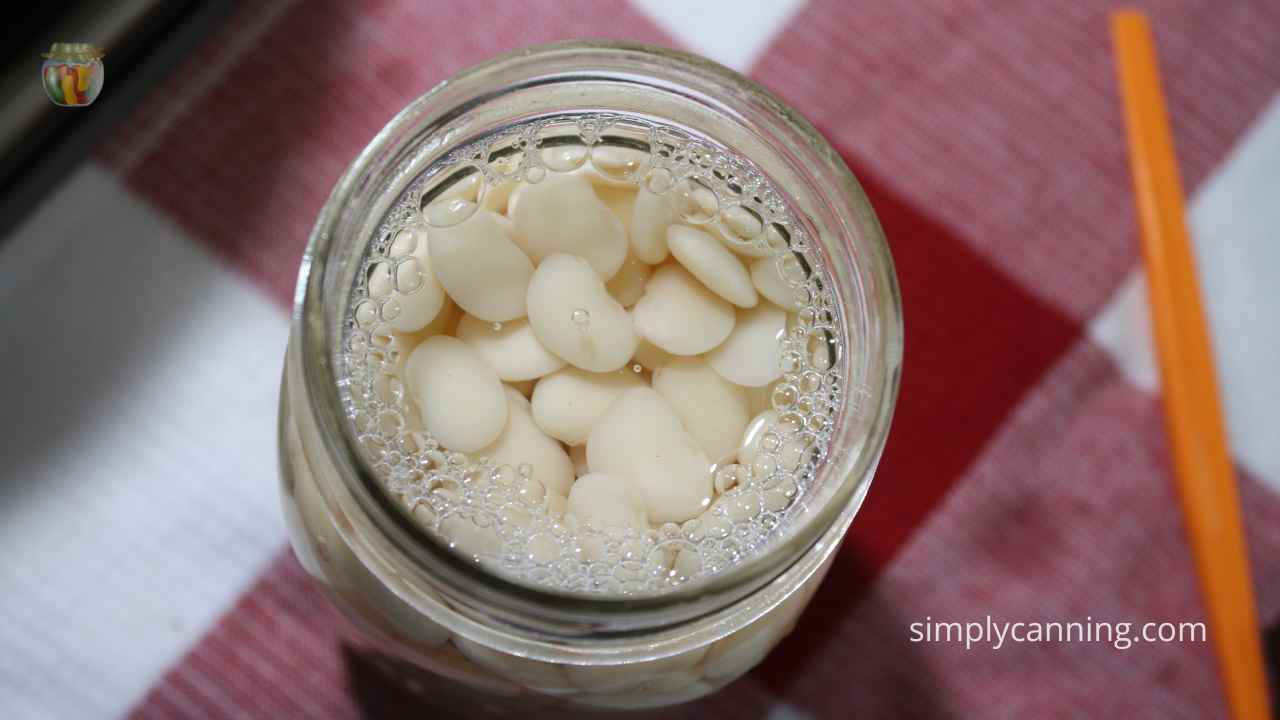
Remove air bubbles. This is simply done’ by using a bubble tool or some small plastic utensil. Run it down the sides of your jars moving things around a bit. If there are air bubbles they will be released. I find beans and water don’t tend to trap air bubbles like some vegetables do. But do it anyway just I case.
Check your headspace again. Sometimes removing the air bubbles changes the level of the water enough that you might need to top it off a bit.
Wipe rims of the jar clean with damp towel or paper towel. You don’t want food particles to interfere with the seal.
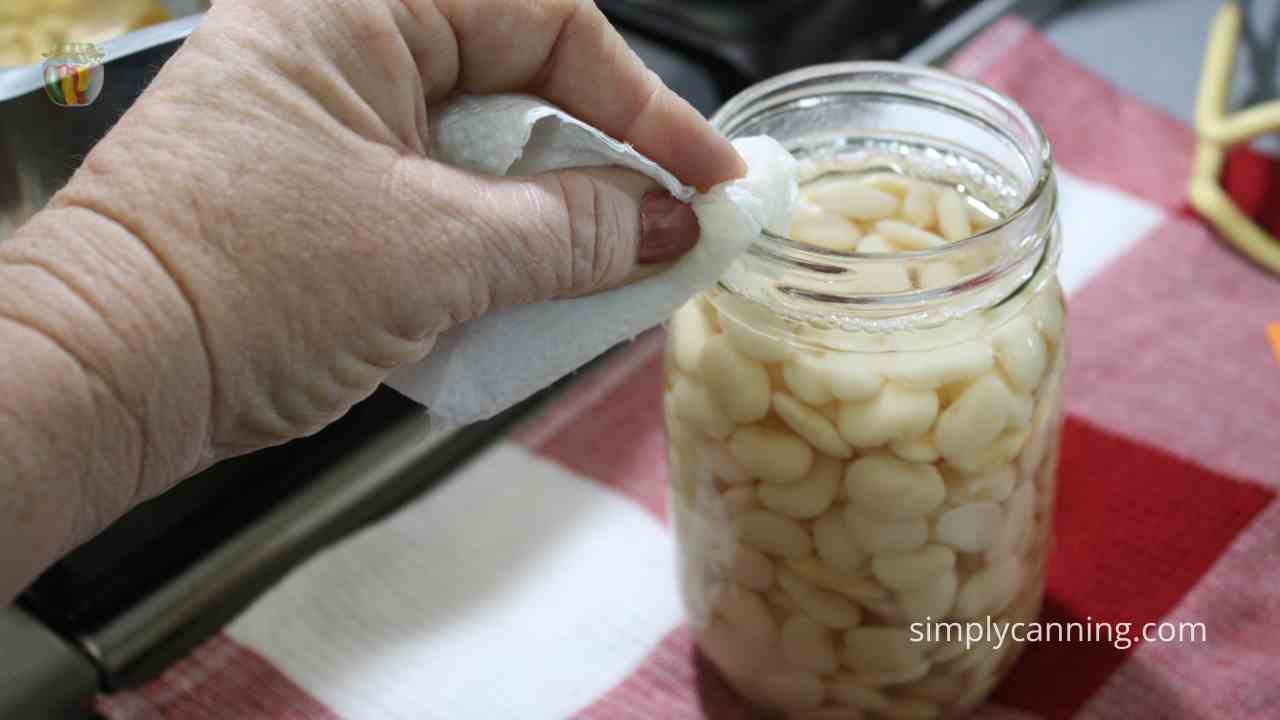
Add your canning lids and rings, finger tight. This just means closed so it is secure. You do not need to crank down super hard!
Place the jar in the canner. Remember, hot pack beans, hot jar, hot canner.
Repeat this process until all jars are filled.
Next you’ll process in a pressure canner according to the instructions and chart in the notes area below.
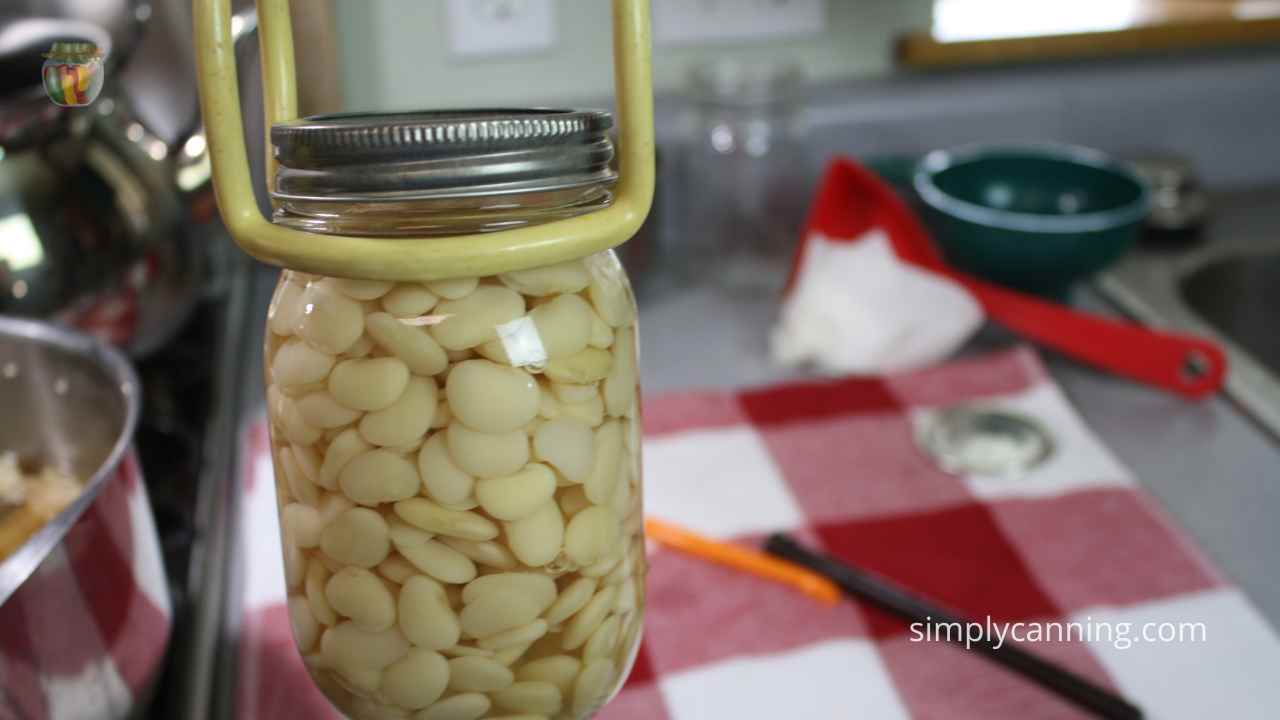
Frequently Asked Questions
Do lima beans need to be cooked before canning?
Yes, the beans really must be pre-soaked and then pre-cooked. Raw pack is not suggested. If you just add the beans without those steps they are a completely different density. The timing will be off and the testing doesn’t apply. And No, you can’t just add time and assume that will take care of things. Remember the testing is very accurate. You might as well do things right.
No, if you add meat you are once again changing the process. What you can do though is make the recipe as written. Then when you open the jar to serve it, add the meat of choice. Adding a bit of cooked bacon or ham to this and serve with cornbread or toast would make a quick lunch.
I can them for the convenience of having them ready to go. Just like canned beans from the store… only much cheaper! And with home canning the flavor can’t be beat.
You can use home canned lima beans just like you would commercially purchased beans. Soup, hot dish, heat and eat as a side. Heat up a pint jar of lima beans, serve with some toast and you’ve got lunch.
Posts and Tutorials you Might Need
- Finger Tight? What is finger tight anyway?
- How to use a Pressure Canner
- Video Chat with questions about canning dried beans.
- Three Bean Salad Recipe – another way to use dried beans, this one pickled!
Printable Recipe
Pin this for later!
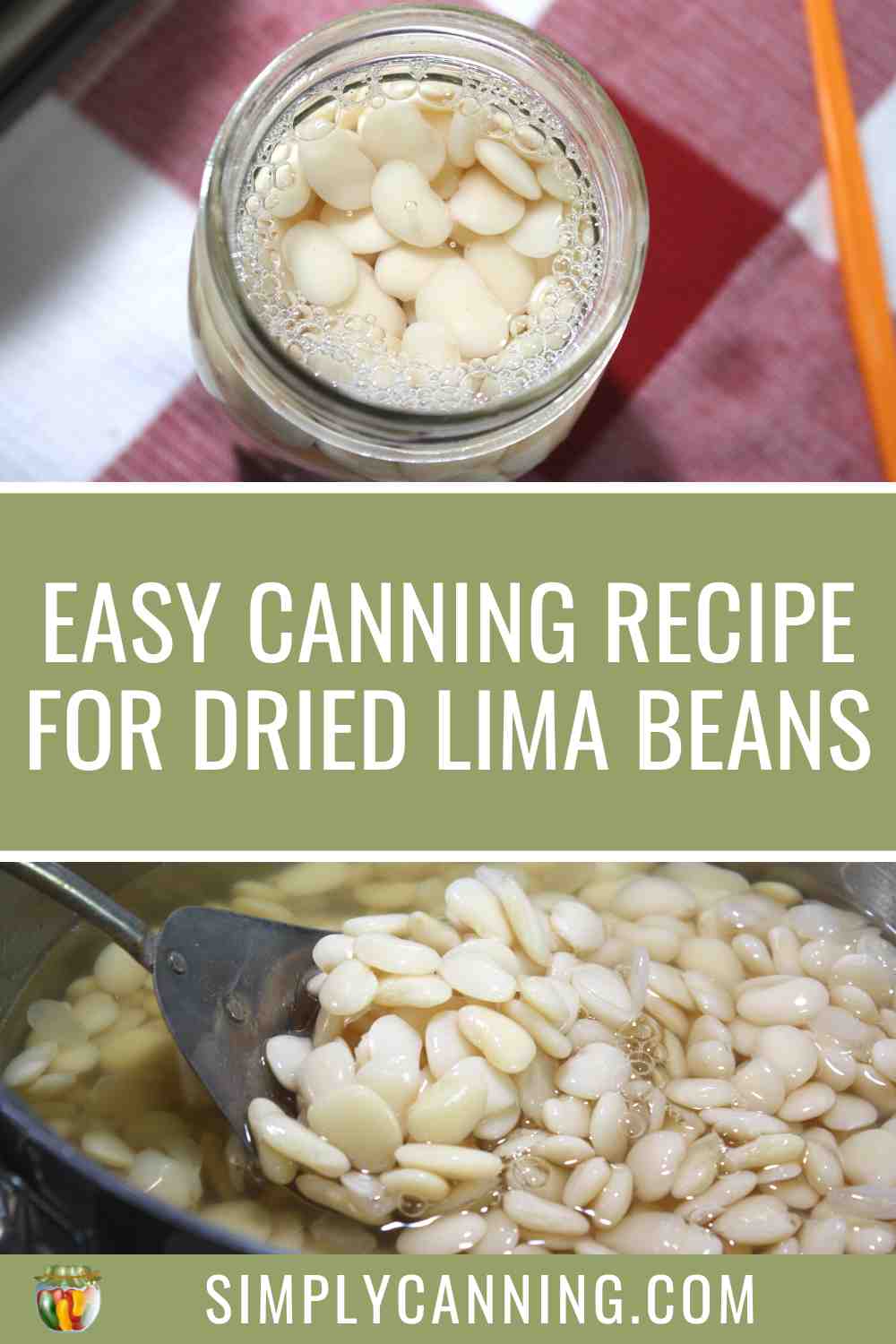

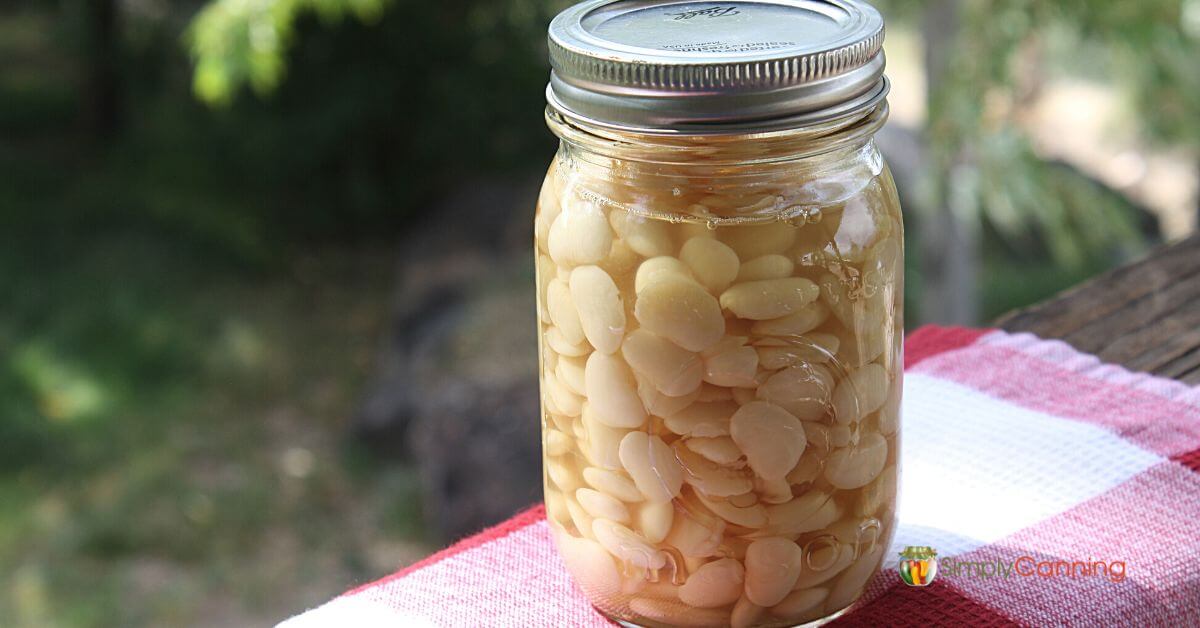
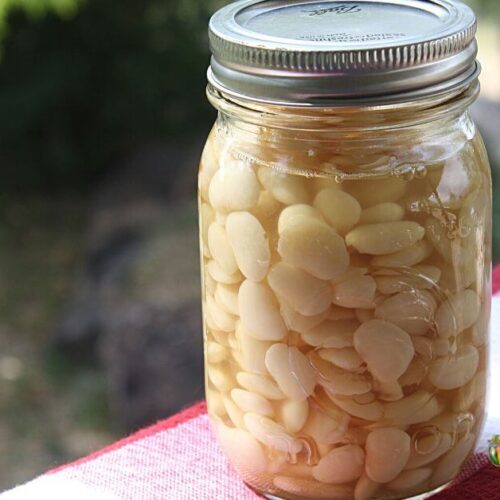
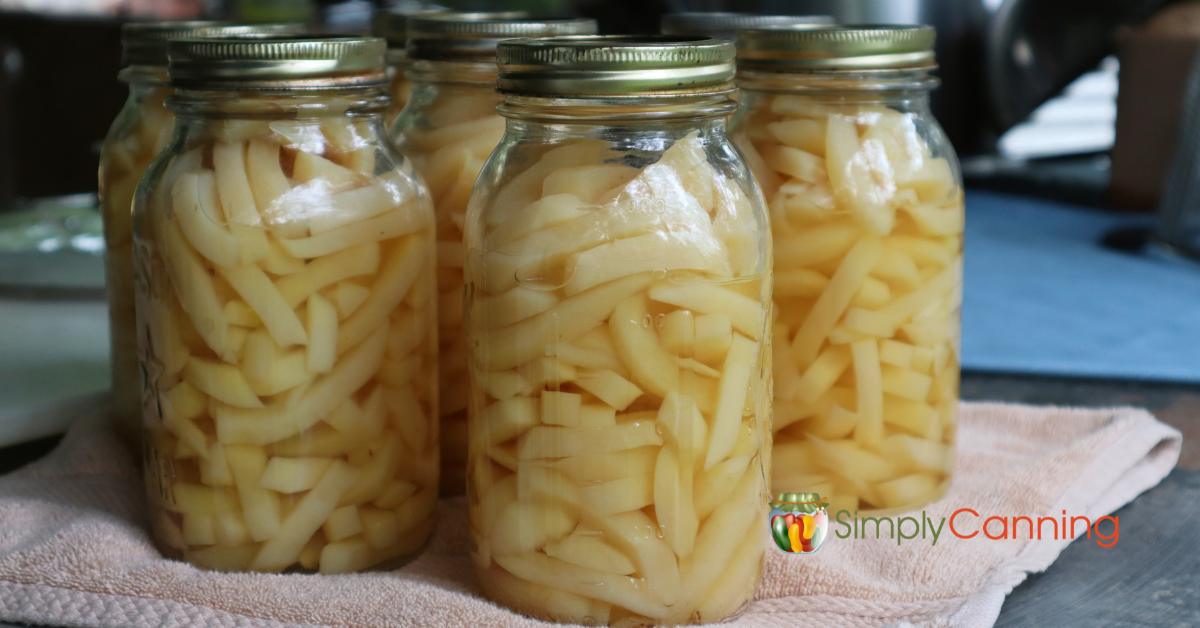
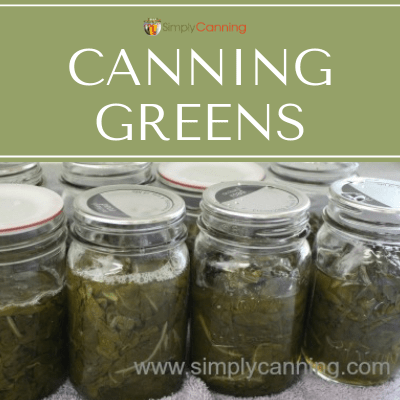
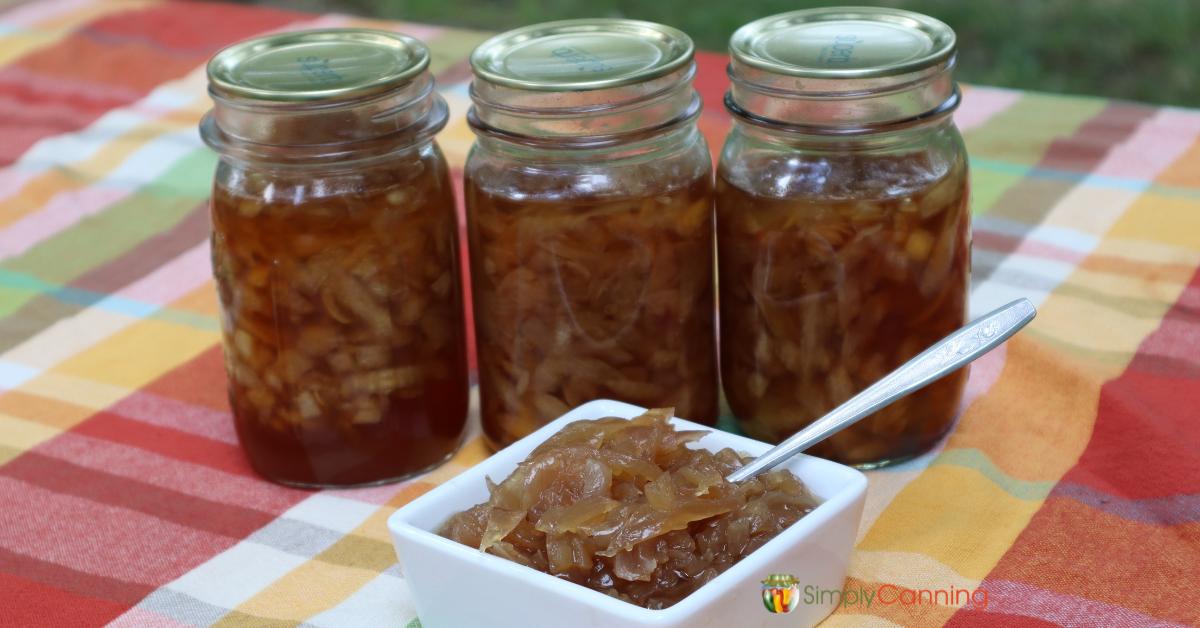

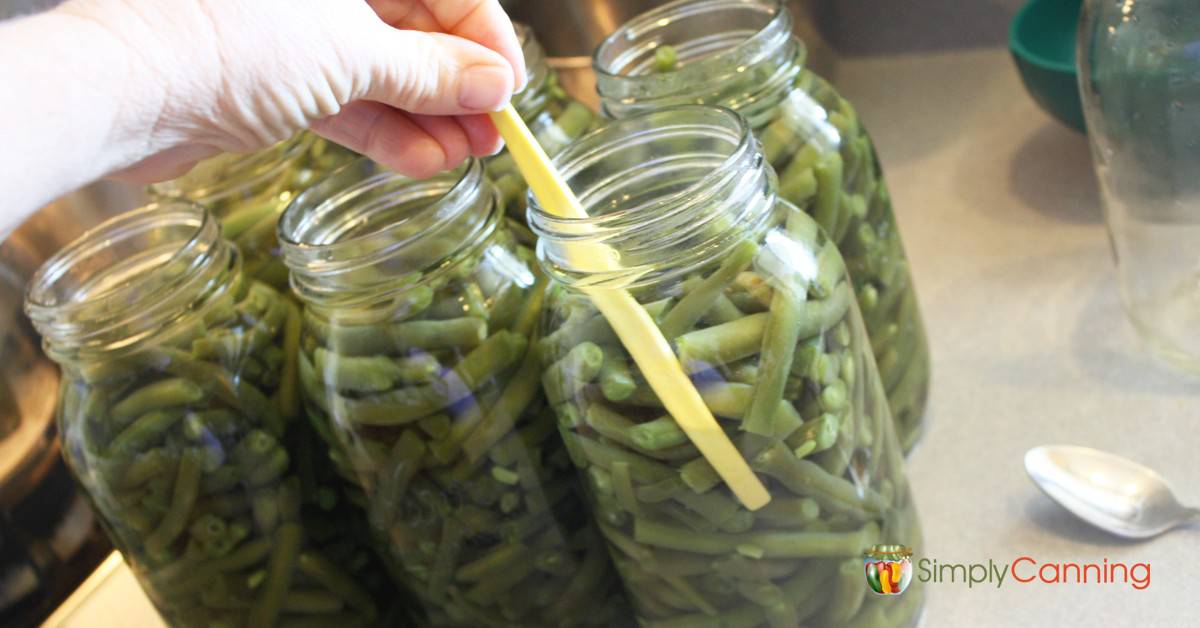
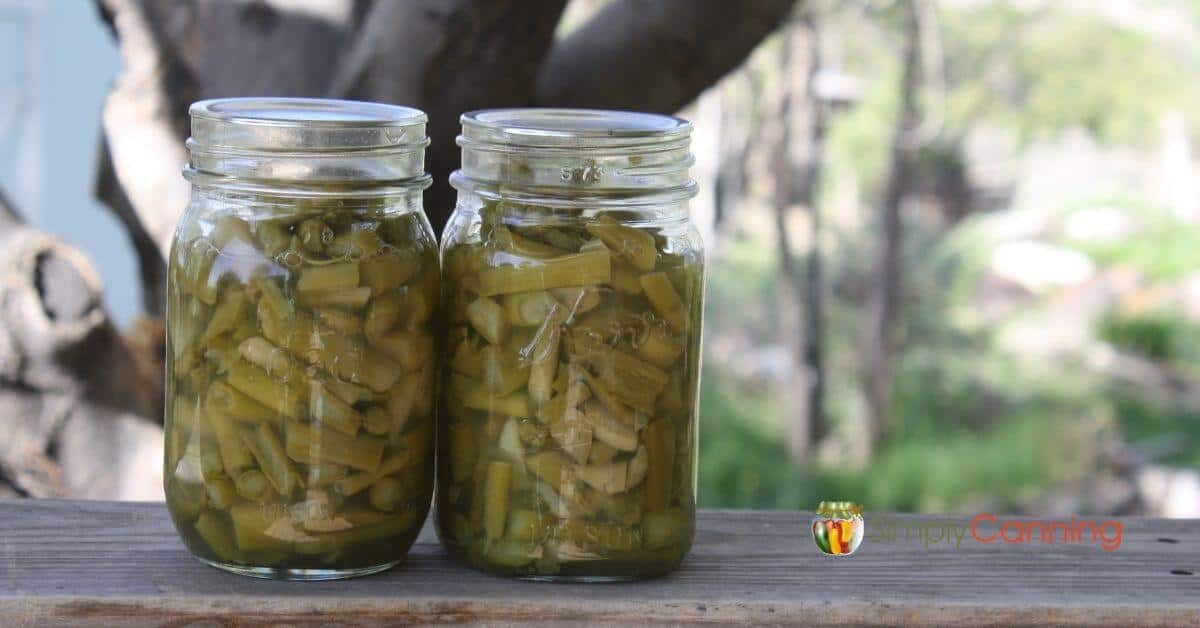
Very good instructions, thank you! The link to the FAQ about adding bacon or pork to the lima beans isn’t working. So, that is my question – can you can bacon or pork to the jar when canning lima beans? Thanks so very much for such a fabulous website. I have referred to you many, many times in my years of canning for recipes, instructions and inspiration.
Oh thank you for the nice compliments! I’m glad that it has been hjelpful. If you want to add meat to your jars take a look at this recipe instead. (opens in a different website)